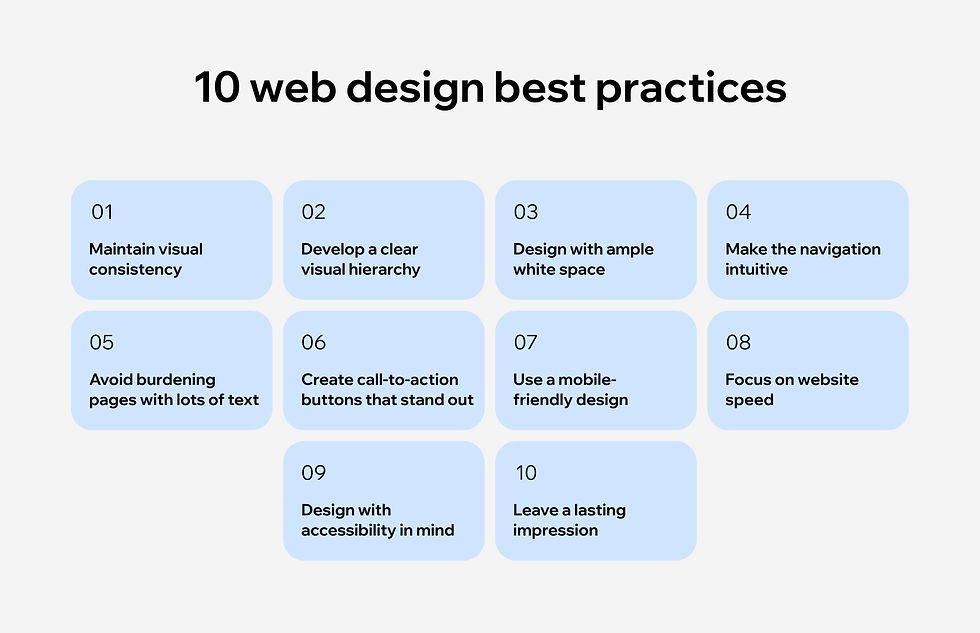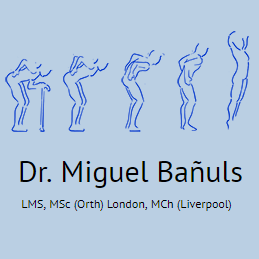Web design best practices are essential for anyone looking to create captivating and effective online spaces. In today’s digital landscape, the importance of blending aesthetics with functionality cannot be overstated, as this harmony significantly influences user engagement. By implementing website design tips like responsive design and prioritizing user experience, creators can craft websites that not only look stunning but also operate seamlessly across various devices. Furthermore, enhancing SEO for web design is critical, allowing your site to be discoverable in an ever-competitive arena. Accessibility in web design broadens audience reach, ensuring every visitor has a positive encounter, no matter their abilities.
When discussing effective online creation techniques, elements like aesthetic harmony and engagement strategies come to the forefront. The interplay of site layout, navigational comfort, and visual appeal determines how visitors interact with digital content. As we explore various design approaches, key aspects such as user-centric interfaces and optimized loading speeds become increasingly crucial in retaining audience interest. In essence, incorporating thoughtful design elements fosters not only a visually pleasing environment but also enhances the overall journey for users. Thus, employing a blend of modern methodologies and inclusive practices is paramount in developing successful digital platforms.

Responsive Design: The Heartbeat of Modern Websites
In the contemporary web landscape, responsive design has become more than a trend; it’s a vital necessity. Imagine a world where your beautiful website gets distorted on a mobile device, leaving potential visitors frustrated and bewildered. This is where responsive design shines, adapting fluidly to any screen, from massive desktops to petite smartphones.
Responsive design is about more than just aesthetics—it’s about user experience, seamlessly guiding users through a digital maze. Utilizing flexible grids and layouts, a designer transforms the chaotic into the coherent. By prioritizing adaptability, you are not merely accommodating various devices; you’re inviting everyone into your narrative, ensuring that the story you tell resonates, regardless of the platform.
Research from W3C emphasizes that this design philosophy not only enhances usability but drives SEO as well. With lower bounce rates on mobile, your site dances up the search engine ranks—like a well-choreographed performance that keeps its audience enthralled.
User Experience (UX) and User Interface (UI): Crafting Intuitiveness
UX and UI are twin souls in the realm of web design, each playing its essential role—like a duet in harmony. To design with user experience in mind means to delve deep into the psyche of your audience. Who are they? What do they seek? The answers lie in thorough research, personas, and testing.
On the flip side, user interface is the stage upon which this interaction takes place. It’s about sculpting intuitive buttons, streamlined navigation menus, and engaging forms that beckon to be explored. A user-friendly design amplifies the chances of visitors returning, creating a sweet symphony of loyalty and satisfaction. According to Smashing Magazine, when users feel valued through thoughtful design, they are more likely to make repeat visits—turning a casual glance into lasting engagement.
Accessibility: Designing for Every Journey
In the beautiful tapestry of web interaction, accessibility is a thread that must not be overlooked. It’s not merely a checkbox to tick but a commitment to inclusivity that enriches the user experience for all. When your website embraces individuals with disabilities—through alt text, screen reader compatibility, and enhanced color contrast—you open doors to a wider audience.
As highlighted by WebAIM, accessible design isn’t solely about compliance; it enriches the overall user experience. Imagine crafting a melody that can be enjoyed by those who hear differently, or composing visuals that someone with impaired vision can appreciate. This is the essence of accessibility—transforming your site into a welcoming space that resonates with every visitor, regardless of their abilities or circumstances.
Accessibility also fosters a culture of empathy within design. When you consider the diverse needs of your users, you naturally engage with your project on a deeper level. It’s about creating a platform that reflects our shared human experience, making your message clear and your intent felt by all.

The Essence of a Stunning Website
In summary, creating a stunning website transcends mere visual appeal; it’s about forging a connection with users through intuitive design and robust functionality. By focusing on responsive design, user experience, and accessibility, web creators can ensure that every visitor feels welcomed and catered to. Moreover, fast loading speeds contribute to higher engagement while SEO practices align your site with the digital discovery processes. This multifaceted approach not only enhances user retention but also establishes credibility in an increasingly competitive online arena.
To encapsulate the essence of effective web design, remember these pivotal points:
– **Responsive Design**: Capture users across devices, ensuring a seamless transition from mobile to desktop.
– **User Experience**: Prioritize user needs through research and testing, crafting interfaces that resonate.
– **Loading Speed**: Swift pages are the key—opt for optimizations to keep bounce rates low.
– **Accessibility**: Design for all, reflecting inclusivity and broadening your reach.
– **Consistency**: Build trust with a unified brand image that echoes through colors and typography.
Embrace these principles to weave a vibrant tapestry of digital engagement.
Embracing Trends for the Future
The evolution of web design continues to captivate as we venture into realms enriched by artificial intelligence and sustainability. As AI becomes a cornerstone for tailoring user experiences, designers are challenged to harness its capabilities while ensuring authenticity and personal touch are at the forefront. Concurrently, the narrative of sustainable web design beckons, urging designers to adopt greener practices that align with the ethos of a conscientious consumer. This is more than a trend; it’s a cultural shift toward responsibility and innovation.
As you journey into the future of web design, keep these critical trends in mind:
– **Artificial Intelligence**: Personalize content effortlessly, riding the wave of data-driven insights.
– **Sustainability**: Prioritize eco-friendly solutions, showcasing a commitment to responsible design.
– **User Engagement**: Embrace interactive elements that not only capture attention but also invigorate user interaction.
In a world where digital landscapes constantly evolve, ensuring your design principles align with these trends will secure a position at the forefront of the industry, making your websites not only beautiful but also responsible and beloved.















